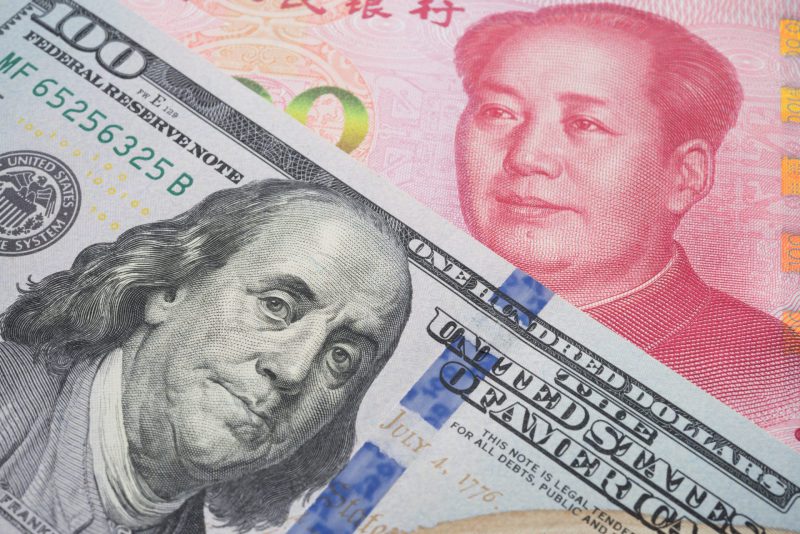China’s efforts toward BRICS de-dollarization have actually accelerated dramatically as Beijing rejected US demands to stop buying Russian oil. The BRICS currency strategy represents a direct challenge to dollar dominance right now, with China’s de-dollarization push gaining momentum while the US dollar decline continues. Russian oil trade in yuan transactions are expanding rapidly, creating an alternative financial system that bypasses traditional Western controls.
Also Read: BRICS Currency Shows Progress, 2026 Launch in View, Say Analysts
BRICS Currency, Oil in Yuan, and the US Dollar’s Shrinking Power


Central Bank Doubles Down on Yuan Strategy
China’s approach to BRICS de-dollarization received official backing when People’s Bank of China Governor Pan Gongsheng announced concrete measures at the Lujiazui Forum. The BRICS currency strategy now includes establishing a digital yuan internationalization center in Shanghai and also promoting yuan foreign exchange futures trading.
Pan Gongsheng had this to say:
“how to weaken excessive reliance on a single sovereign currency”
Beijing’s de-dollarization push has been systematic, with three major Chinese exchanges allowing foreign institutional investors to trade 16 more futures and options contracts. The US dollar decline of over 9% this year contrasts with the offshore yuan’s 2% strengthening, while Russian oil trade in yuan settlements continue expanding.
Futures Markets Drive Global Influence
China’s role in BRICS de-dollarization extends beyond oil, with Shanghai, Dalian and also Zhengzhou exchanges expanding commodity access for international investors. Natural rubber, lead and tin contracts now support the BRICS currency strategy, increasing yuan influence in global pricing systems right now.
Zhou Ji from Nanhua Futures explained that these contracts increase yuan influence in commodity pricing, though this represents analysis rather than an actual official quote. China’s de-dollarization push includes allowing foreign currencies as collateral for yuan-settled trades, while the US dollar decline creates opportunities for Russian oil trade in yuan expansion.
Oil Trade Defies US Pressure
China’s rejection of US demands regarding Russian oil purchases demonstrates how China BRICS de-dollarization operates in practice. The BRICS currency strategy enables continued energy trade despite sanctions, with Chinese banks switching from dollars to yuan for emerging market lending due to lower costs.
China’s de-dollarization push received a $100 billion boost for Hong Kong businesses accessing yuan financing. Dan Wang from Eurasia Group noted accelerating efforts, stating:
“China appears to be accelerating its de-dollarization efforts, though progress remains uneven”
She also observed increased yuan-denominated settlements between energy companies. The US dollar decline, driven by policy uncertainty, supports Russian oil trade in yuan growth as investors seek alternatives.
Also Read: BRICS Vows to Triple Trade Flow With New Partnerships
Swift data shows yuan at 2.89% of global payments versus the dollar’s 48.46%, but the China BRICS de-dollarization trend continues building momentum. The BRICS currency strategy creates systematic alternatives to dollar dominance, while China’s de-dollarization push provides emerging economies with new financing options. This US dollar decline acceleration, combined with expanding Russian oil trade in yuan, signals a shift in global financial architecture that challenges decades of American monetary hegemony.





